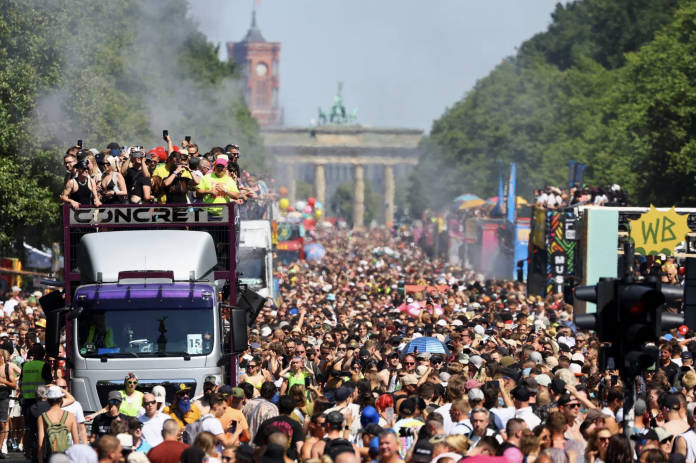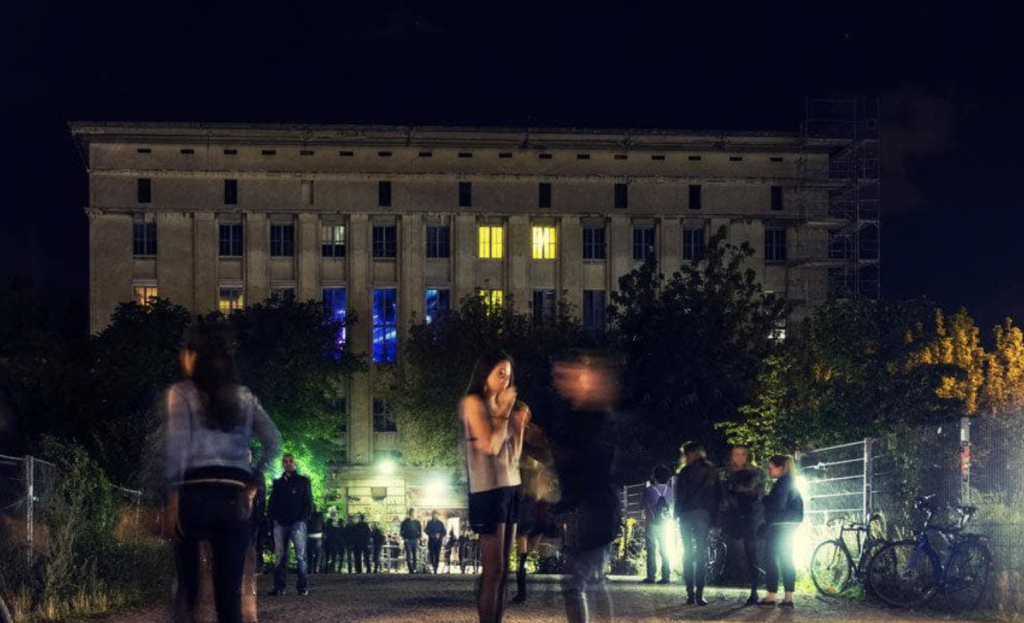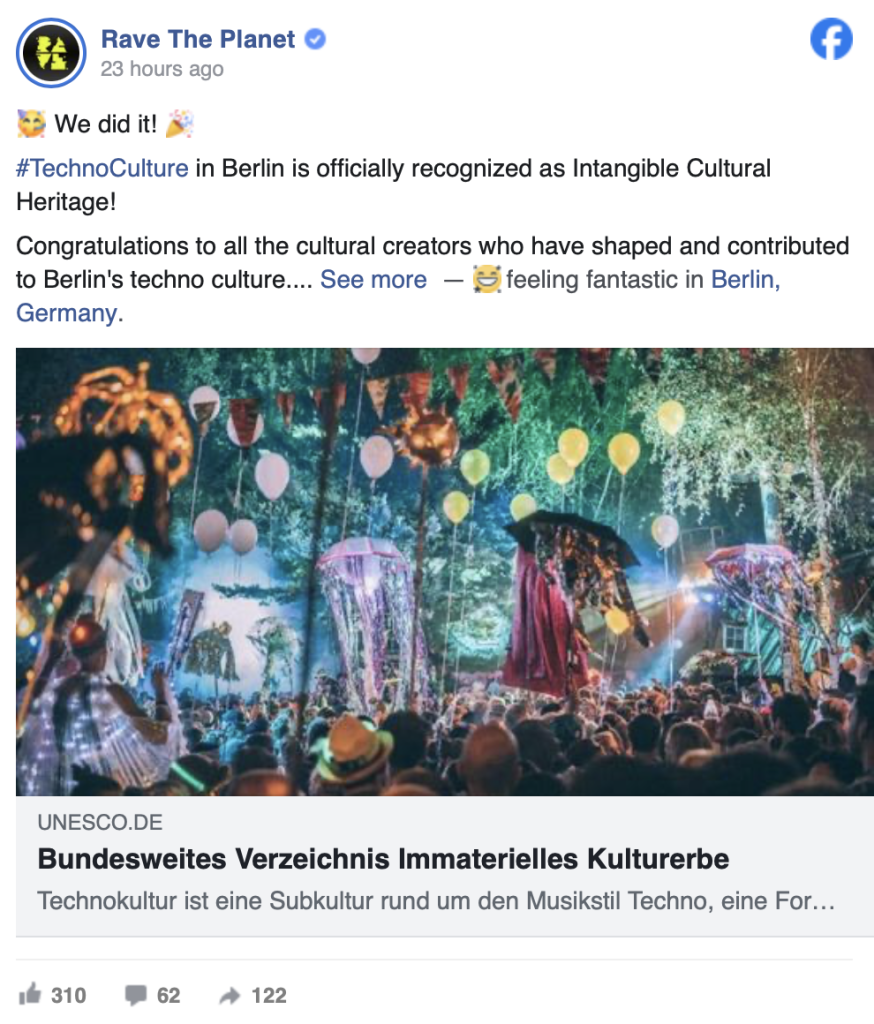
On March 14th, 2022, the world of electronic music was set ablaze with excitement as the iconic Berlin techno scene was officially added to the UNESCO Cultural Heritage list. This recognition solidifies techno’s status as a cultural phenomenon that has not only shaped the city of Berlin but has also left an indelible mark on the global music landscape. The announcement was met with jubilation from techno producers, artists, club operators, and event organizers who have dedicated their lives to cultivating this vibrant and dynamic scene.
The Berlin Club Commission, a key player in the city’s nightlife industry, hailed the UNESCO listing as “another milestone for the city’s techno producers, artists, club operators, and event organizers.” This prestigious recognition serves as a validation of the immense cultural significance of Berlin techno, highlighting its enduring impact on the artistic and social fabric of the city.
For years, the non-profit organization Rave The Planet has been at the forefront of a grassroots campaign to secure UNESCO recognition for Berlin’s techno scene. Their tireless efforts have finally paid off, culminating in this historic moment that celebrates the creativity, innovation, and community spirit of the techno movement.
The Evolution of Berlin Techno

The roots of Berlin techno can be traced back to the late 1980s, a time when the city was undergoing a period of profound socio-political transformation. Against the backdrop of the fall of the Berlin Wall and the reunification of Germany, a new musical subculture began to emerge in the abandoned warehouses, industrial spaces, and underground clubs of the city.
Driven by a spirit of rebellion, experimentation, and freedom, techno became the soundtrack of Berlin’s post-Cold War era, capturing the imagination of a generation seeking to break free from the constraints of the past. The pulsating beats, hypnotic rhythms, and futuristic sounds of techno provided a sonic escape from the challenges of a city in transition, offering a sense of unity and belonging to those who embraced its electronic embrace.
Over the years, Berlin techno has evolved and diversified, giving rise to a multitude of subgenres, styles, and sounds that reflect the dynamic nature of the city’s music scene. From the legendary clubs of Berghain and Tresor to the vibrant street parties of Kreuzberg and Friedrichshain, techno has become an integral part of Berlin’s cultural identity, attracting music lovers from around the world to experience its unique blend of creativity and hedonism.
The Impact of UNESCO Recognition

The inclusion of Berlin techno on the UNESCO Cultural Heritage list is a watershed moment that not only honors the past achievements of the city’s techno pioneers but also paves the way for future generations of artists, producers, and club operators to continue pushing the boundaries of electronic music. By acknowledging techno as a cultural treasure worthy of preservation and celebration, UNESCO has elevated the status of Berlin’s vibrant music scene to a global audience.
With this newfound recognition, Berlin techno stands poised to attract even greater attention and support from cultural institutions, policymakers, and music enthusiasts worldwide. The UNESCO listing serves as a rallying cry for the preservation of the city’s iconic clubs, venues, and cultural spaces that have served as incubators for artistic expression and creative innovation.
As Berlin techno takes its place alongside other esteemed cultural traditions on the UNESCO list, it serves as a powerful reminder of the enduring legacy of electronic music as a force for unity, creativity, and cultural exchange. The beat goes on in Berlin, echoing through the city streets and reverberating across the globe, as techno continues to inspire and captivate audiences with its boundless energy and infectious rhythm.


